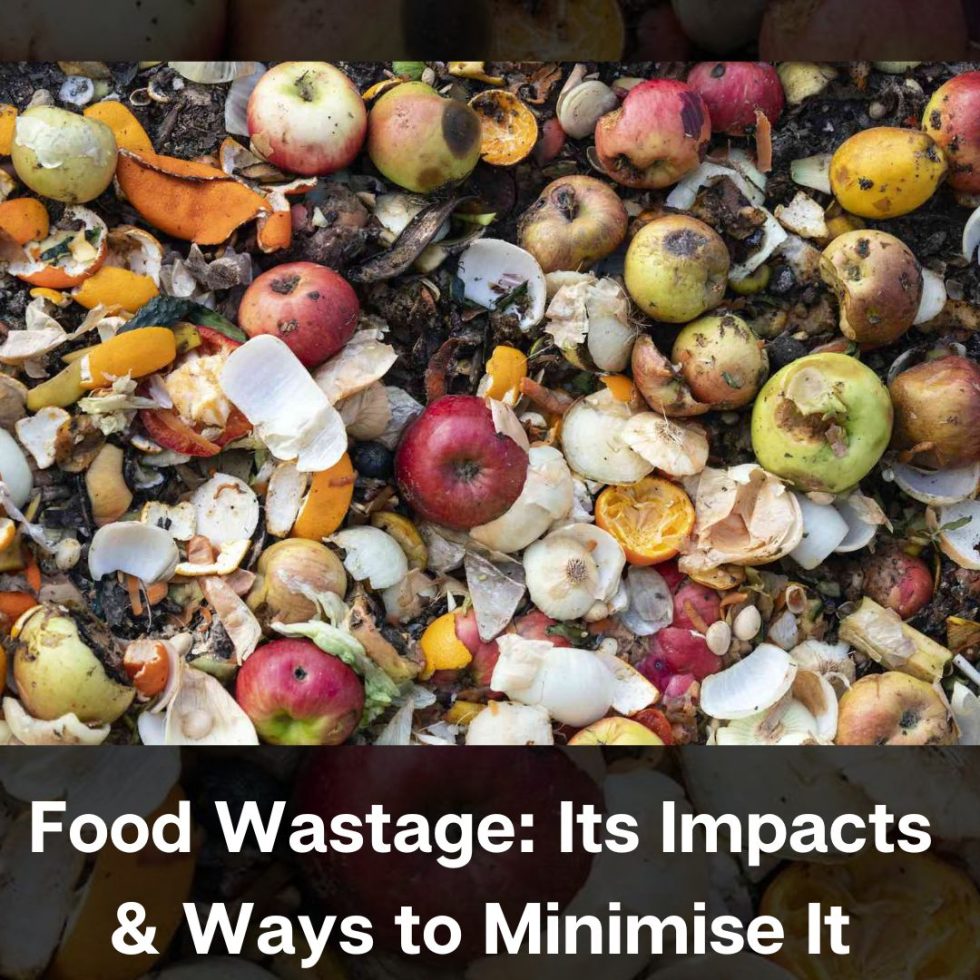
There are many definitions of food but in simple words, food is what a living being eats to get energy to live. Being human beings, we get bored of things easily unlike other living beings on earth and this is the reason that we don’t consume the same food daily. We need variety in food. There is a wide range of plant-based and animal-based food consumed by humans.
With the rapidly growing population, the challenge for poor countries is to make available food for all. Not everyone is capable of earning food.
According to the National Health Survey, 19 crore people sleep hungry every day in India.
India is capable of producing enough food which is required to feed all the citizens of India. But because of the unhealthy distribution of resources, it becomes hard to make food available for everyone. There are two worlds, one is where food is being wasted and the other is where there is no food to eat.
About 67 million tons of food in India is wasted every year among which 70-75% of food rots in landfills.
In India, According to FSSAI reports, one-third of food is wasted or gets spoiled before it is eaten. According to an estimate, The average person in India wastes 137 grams of food per day.
Major causes and solutions to reduce food wastage in India
- Lack of storage unit – In India, a lot of food grain is spoiled due to improper storage in warehouses. It cost a very high amount to the government and there are still no measures taken by the government to deal with it. Government has to store grain in large quantities so Government should make warehouses of more capacity that are safe from floods and rats.
- Bad supply chain – see, there are many fruits and veggies whose self-life is too low. Because of bad management and a long supply chain, They got spoiled before reaching consumers. Businesses that are into dealing with nondurable food items must adopt a shorter supply chain and must use vehicles that take less time to reach the destination. There are a few companies like color sensing and collecting food that came into the market to solve this issue and they are working well in this field.
- Party or weddings – In India, big fat weddings and parties are such events where food is prepared in an unmannered way and without planning a guest list which eventually causes a lot of food wastage. Food is thrown in landfills which release many harmful gasses before disposing of completely. The event organizers of weddings and parties can keep in contact with the needy community where they can send the leftover food. It will help in reducing starvation and food wastage as well.
- Overpreparation of food in restaurants – There are large menus in many restaurants and maintaining all the dishes available causes a lot of wastage. Because all the dishes can be sold in the quantity which is maintained by the restaurant. The management of restaurants needs to understand the value of food and they should research and develop which kind of food is more in demand and how they can increase the shelf life of half-cooked dishes. The main thing they can do is donate food. They can contact any orphanage or old age home where they can send their leftover food on a daily basis.
Impact of food wastage on the Environment
- Wastage of fuel – While harvesting and growing food, different machines are used which run on fuel and transportation used to supply food also needs fuel to run. When food is thrown or discarded all that usage of fuel becomes useless.
- Wastage of water – Wastage of food means wastage of water. Fresh water in large quantities is used to grow food in fields. Even in poultry farms, a lot of water is consumed by animals. All the used water on such things becomes useless when food is discarded by retail stores or households.
- Wastage of land – There are two types of land arable and non-arable. Arable land is that part of the land that is used for farming and non-arable land is used to keep cattle and poultry and to throw away the waste of food. So when you waste food, directly or indirectly it becomes a waste of both kinds of land. One of them is where the food you discarded is grown and the other one is where the discarded food will be thrown.
- Release of methane – When food is discarded, it goes into landfills. When it starts rotting, it releases a greenhouse gas, methane which is 10 times more potent than carbon dioxide. Methane alone contributes 20% to greenhouse gasses which harm the earth’s ozone layer. Better treatment of food wastage can reduce the emission of methane gas.
- Harm to biodiversity – Forests are being cut to make other uses of land. One of the uses of that land is making space for poultry and cattle farms. When there is an increase in the life of livestock, more natural land is turned into pastures. The decreasing no. of animals living in forests eventually affects biodiversity.
Summary
Food wastage must be the main concern for people. It is high time to reduce the food wastage to save the environment. There are many effective ways to reduce food wastage. Even food wastage can be turned into renewable energy. Little changes in our daily life can make a big global impact. Serving oneself a limited quantity of food and refilling if needed can prevent a large quantity of food wastage. The other thing is to give away your food to a needy one if it is more than required for you.








